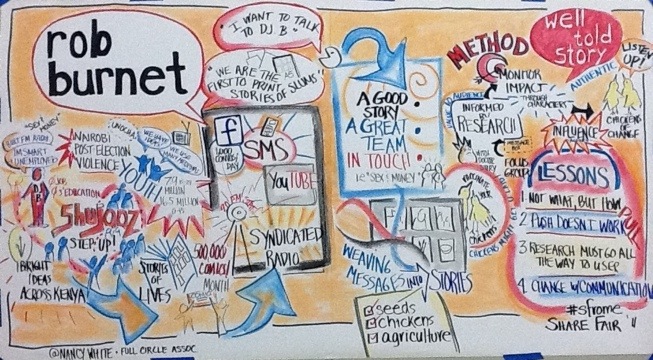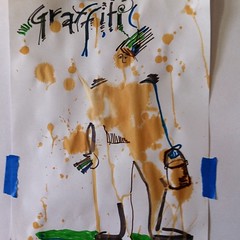October is a month on the road… and one stop is Lyon, France, where I’ll be presenting at the third edition of the fOSSa Conference taking place from October 26 to 28, 2011.
What is fOSSa? From the organizers:
The aim of the fOSSa (Free Open Source Academia Conference) is to reaffirm the underlying values of Open Source software: innovation & research in software development.
While the first edition aimed at providing valuable information on the Open Source model at large, the second edition focused specific key-aspects of FOSS such as development, innovation & research, community management & promotion, public sector, and education. The third edition will address in an open-minded style about
– what tech people are actually doing and innovating?
– which are the upcoming issues & challenges in the open development context?
– how open activities, collaboration and knowledge sharing is beneficial to academia, education & industry?fOSSa 2011 program includes talks about Education, Online Community Management, New Innovating Development & Contribution Paradigm, Openness and OSS trends.
fOSSa days are open to everyone and registration is free !
more information @ http://fossa.inria.fr
So what am I going to offer? Here is my first draft: Twittering: Frittering or Connecting? The role of transversal connections in online communities and networks.
As humans, we have a long history of working in groups: families, local geographic communities, work teams. Today online technologies allow us to connect broadly using networks of all kinds. We might think of these as deep (groups) and broad (networks). The question is, how do we keep these two forms usefully knitted together? How do the emerging technologies work together as a useful habitat, and when do they actually make things harder? What are the online and offline implications? Lets explore the place of the “transversal!”
I picked up the word “transversal” from Etienne Wenger’s talk a few weeks ago at the Rome Share Fair. It resonated with my observations about the disconnect we seem to experience between high level conversations in a domain and practice, between the breadth of networks and the intimacy of smaller groups. So I grabbed the word and I’m running with it, along with his term “social artist!” Yum. Plus I’ll weave in technology stewardship. So maybe this is about roles, eh?
This week I also have a fabulous case to illustrate many of the ideas I’m thinking of sharing, the #Canlis4Free treasure hunt in Seattle. I took a ton of screen shots and uploaded them today. But does one dare talk about one of the more exclusive Seattle restaurants when in the home of some of France’s finest cooking? Mmmm….












